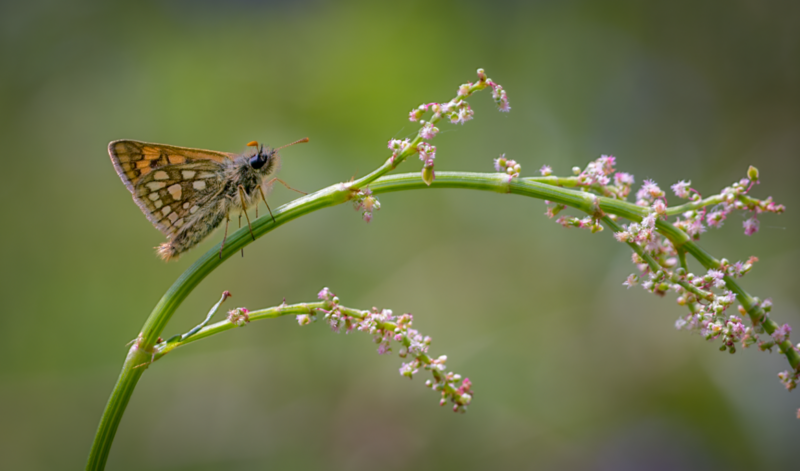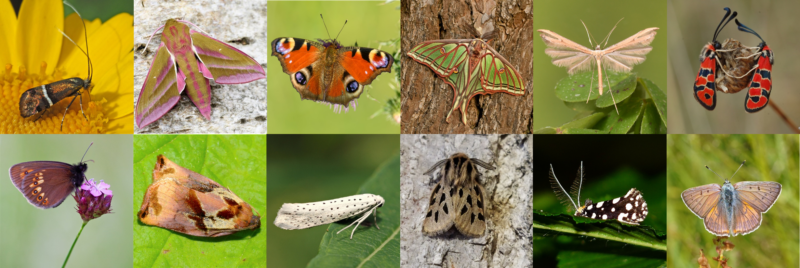
I am an evolutionary biologist interested in utilising genomic data to better understand the evolution of genomes across biodiversity. Currently, my work is focused on exploring on genome evolution in butterflies and moths.
Charting chromosome evolution across Lepidoptera

The evolutionary basis of novelty
A key theme in evolutionary biology is understanding the genomic basis of phenotypic diversity. In my previous research, I have explored the role of alternative splicing in the generation of wing colour patterns in the neotropical butterflies, Heliconius. This group of butterflies are exemplified by a dramatic range in wing colour patterns and striking convergent evolution in patterning as a result of Mullerian mimicry. This work was carried out in the lab of Prof. Chris Jiggins group at the University of Cambridge.
Genomic resources for Lepidoptera
Genome sequences record the evolutionary history of animals, providing a wealth of information on how they develop, adapt and respond to change. Project Psyche aims to generate chromosome-level genomes for all 11,000 species of butterfly and moths that are found in Europe. This exciting project is led by myself, Joana Meier and Mark Blaxter and involves over 50 researchers, spanning 45 institutes, universities and government agencies in 14 different European countries. It is a collaborative effort that brings together biologists, taxonomists and analysts across the continent to deliver and explore these genomes, enabling insights into diverse aspects of lepidopteran biology and informing conservation efforts.
From left to right top to bottom:
1. Adela paludicolella: Felix Riegel
2. Elephant hawkmoth (Deilephila elpenor): Jessye
3. Peacock butterfly (Aglais io): Petr Ganaj
4. Spanish moon moth (Graellsia isabellae): Paul Cools
5. Morning-glory Plume Moth (Emmelina monodactyla): Ian Wright
6. Chalk Burnet (Zygaena fausta): Enrique Baquero
7. Almond Ringlet (Erebia alberganus): Paul Cools
8. Large Fruit-tree Tortrix (Archips podana): giorege1959
9. Bird-cherry Ermine (Yponomeuta evonymella): Pentti Ketola
10. Ocnogyna parasita: SteveM4560
11. Euplocamus anthracinalis: lastovka
12. Purple-shot Copper (Lycaena alciphron): Julia Wittmann
My timeline
Postdoctoral researchers at Wellcome Sanger Institute
PhD Student at Wellcome Sanger Institute
MPhil Zoology, University of Cambridge
Member of the Insect Evolution and Genomics Group
BA Biochemistry, University of Cambridge
Research Assistant in the Walker lab, MRC Laboratory of Molecular Biology
Research Assistant in the Cook lab, Babraham Institute